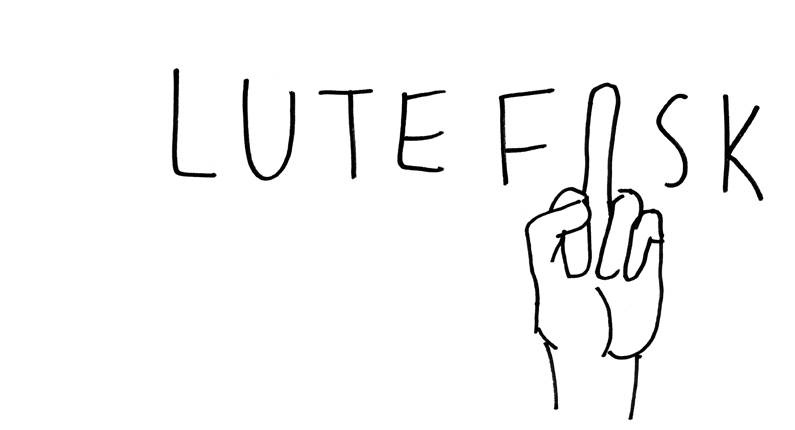
Our Editor at Large (Stefan Rakita) and stylist (Celine Ayel) did an impromptu interview with 4 leading fashion designers in Paris . . . and asked them random questions . . .
Here's an excerpt from Gaspard Yurkevich's interview!
What is your favourite moment in a collection process?
There are three favourite moments: the inspiration flash, the conception (intimate), and the presentation (super public)
What's your guilty pleasure?
Too intimate to answer
You're gonna have to wait for the full interview when you buy the magazine!!!!!
I'm telling you . . . it's worth it!














